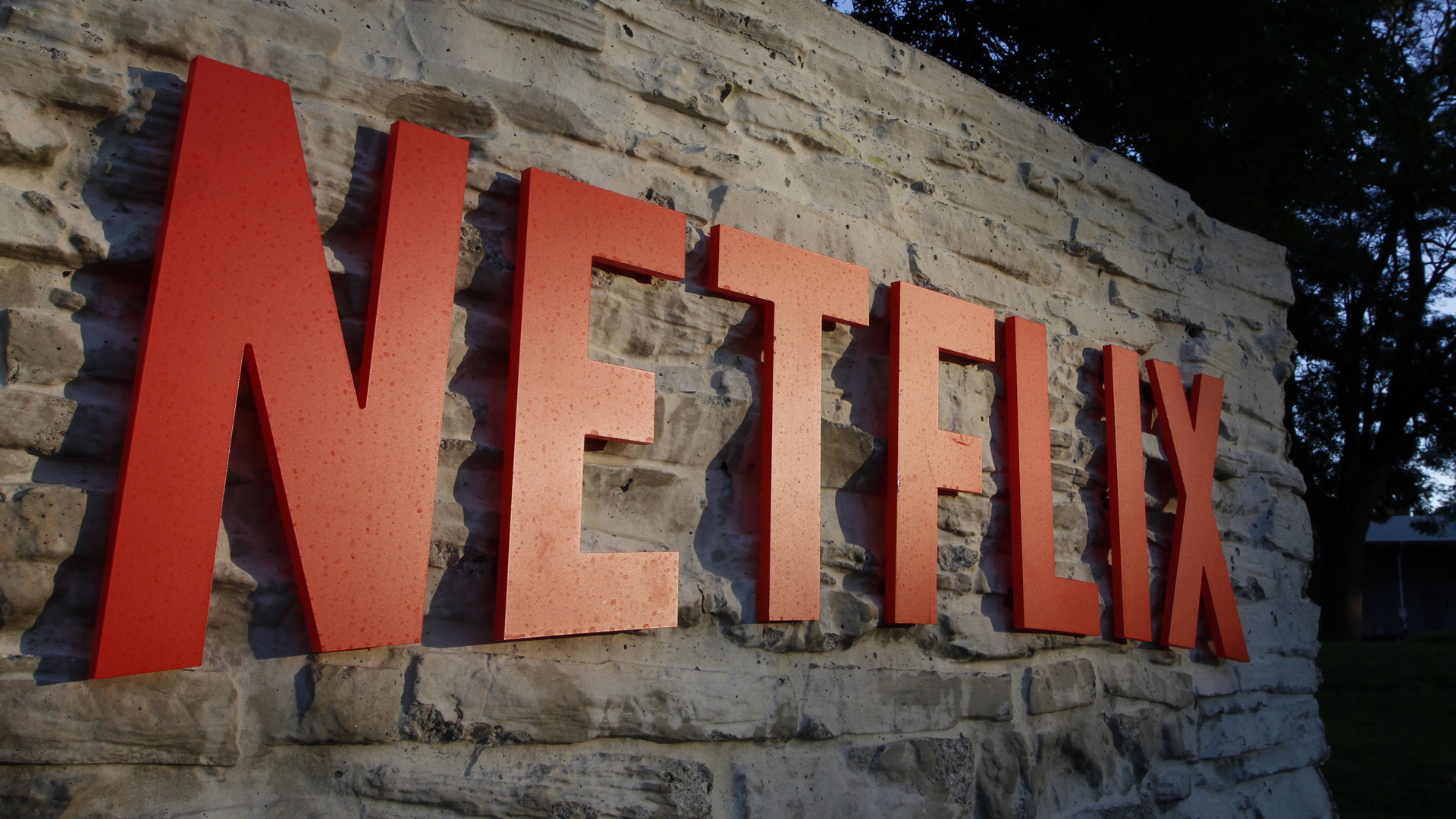Netflix isn't pulling the trigger on HDR because Amazon has
'That work's not finished yet.'

We stepped away from the IFA show today to sit down with Neil Hunt, Chief Product Officer at Netflix. With all the TV manufacturers rocking new HDR TVs talk inevitably turned to Netflix's plans for high dynamic range (HDR) and when we could expect to see the video streaming giant making the move to HDR content.
"We're working with the UHD Alliance to set and finalise the standards for HDR delivery," said Hunt. "That work's not finished yet, we expect to see that deliver some results at the end of this year, the beginning of next year."
Netflix is determined to offer a 'meaningfully better' experience than standard dynamic range (SDR) and not just on a few high-end screens.
"There's a lot of screen technology to be developed," says Hunt. "I think at the high-end you see the opportunity to build screens with maybe 1,000Nits or more of brightness and that really makes a compelling HDR experience. And at the lower-end there's people thinking about 500Nits or so. We're looking to provide a HDR experience that works across a range of devices."
When asked if Amazon had jumped the gun by providing HDR content on its Amazon Prime Instant Video service, without waiting for the standards to be finalised, Hunt understandably wanted to concentrate on what Netflix was doing.
"To rephrase our favourite politician..." said Hunt with a smile, "you might very well think that, but I couldn't possibly confirm nor deny. Whatever Amazon does or doesn't do, I want to focus on what we're going to do, which is deliver a great HDR experience when the technology and pieces come together."
Priorities
Netflix is going to prioritise HDR over Ultra HD when it comes to its adaptive streaming tech.
Sign up for breaking news, reviews, opinion, top tech deals, and more.
"I think it's a bigger visual improvement than it is for 4K over HD, and I think that's going to be more important to consumers. Furthermore we can deliver HDR at 2K as well as HDR at 4K, and that will work really nicely on a 10mb connection."
With HDR adding an estimated 20% extra on top of the bandwidth requirements for streamed video that's going to push the connection needs up for the top-tier of Netflix's stream.
But if your HDR-compatible 4K TV isn't being delivered the bandwidth necessary for both 4K and HDR Netflix would rather drop down to a lower resolution but retain the HDR picture data.
"If you've got 10 or 12mb you're not going to get a 4K stream," said Hunt, "but you could get a 2K HDR stream."

Just Noticeable Difference
Another feature of Netflix's adaptive streaming tech, which will see the light of day sooner than HDR will, is a new streaming resolution standard.
Netflix currently steps up its stream from SD to 720p to 1080p and then jumps straight up to Ultra HD. There is then a big resolution gap between 1080p and UHD and it is looking to bridge that gap with a move to 2.5K, or a 2560 x 1440 encode.
"The best approach is to space the encodes by what the industry calls one JND, one just noticeable difference," explains Hunt. "The JND is not typically the quadrupling of pixels you get between SD and HD, nor is it the quadrupling between HD and 4K. So you really need one intermediate step in between a resolution."
The 2560 x 1440 resolution is that intermediate step offering a tangibly better image than 1080p, but without the punishing bandwidth limitations of Ultra HD. And when the HDR carousel swings around next year that intermediate step will also come with that higher dynamic range.
That image quality upgrade is not far away either. "We're starting to encode for that intermediate step and you'll see that in the next few months," said Hunt.